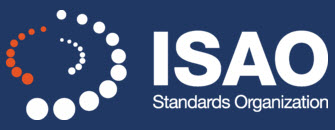Request For Comment
The request for comment period for this draft concluded on Thursday, May 17. All comments are currently under review and adjudication by working groups. Comments received after the May 17th deadline are welcomed and may be included in future adjudication and revision periods.
In February 2015, then-President Barack Obama signed Executive Order 13691, describing the critical need for cybersecurity information sharing and strongly encouraging the formation and development of Information Sharing and Analysis Organizations (ISAOs).
In the three full years since the executive order was issued, a significant number of public and private organizations have responded to this national imperative and have begun to share cybersecurity threat information, improve collective understanding of the threat environment, increase security and preparedness, and collaborate on best practices. This cohesive public and private community-based cooperation has enabled ISAO members and partners to become stronger, safer, and more resilient.
Information sharing at the state, local, tribal, and territorial (SLTT) level has similar manifest value and should be targeted for expansion. Many private and governmental entities, however, have not yet undertaken effective cybersecurity threat information sharing, some out of reluctance, others for lack of knowledge. Accordingly, this primer provides a resource for facilitating effective cybersecurity sharing and analysis within states for those already participating in the arena and for those who should be. The matters presented include the following:
- A business case for SLTT information sharing
- The identification of state-level stakeholders
- Potential organizational models for the governance and administration of a state-level information-sharing program
- Discussion of various relevant state-level services and capabilities
- A framework for state-level partnerships and coordination between states
- Identification of potential sources of funding
- Public and private partnership mutual advantages in collaboration.
